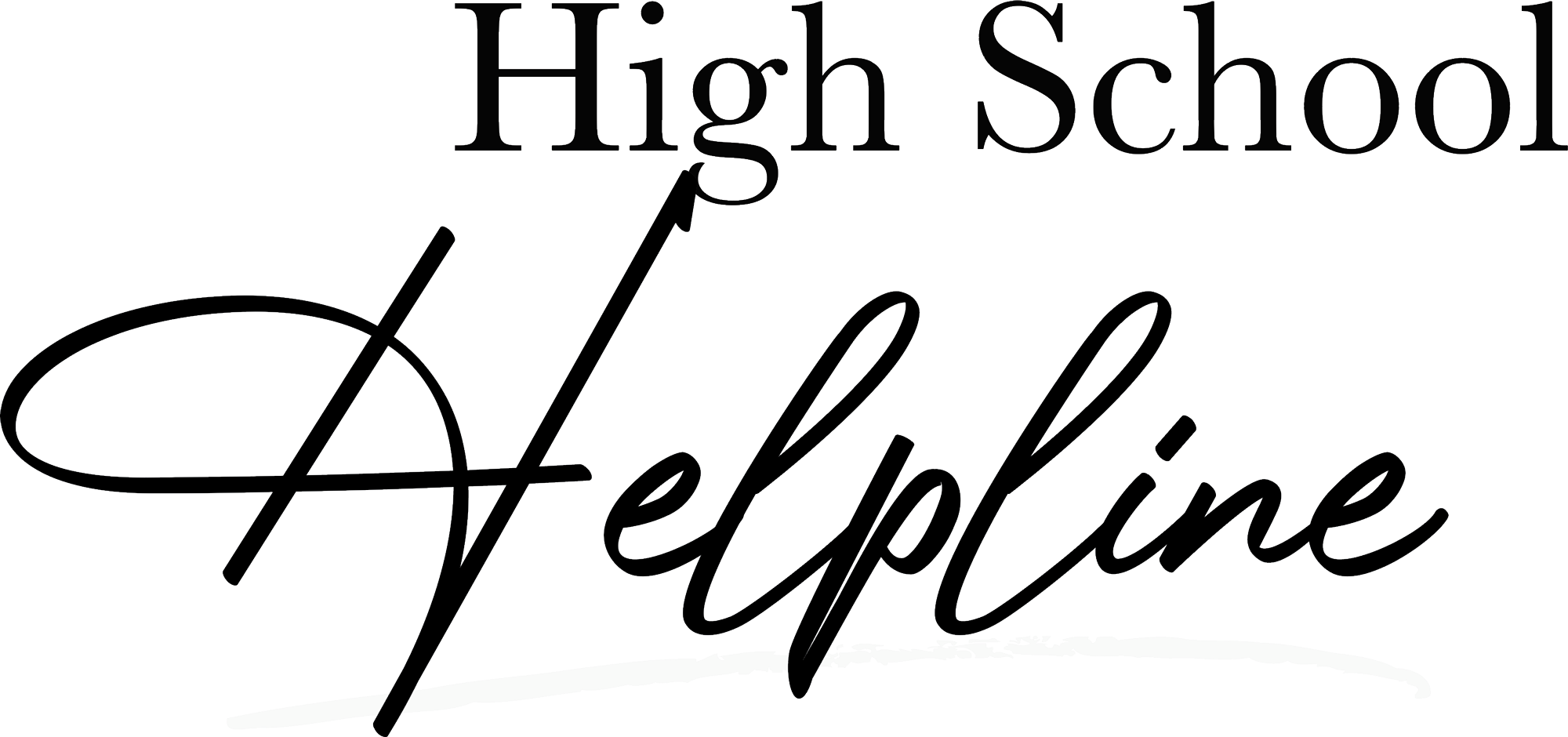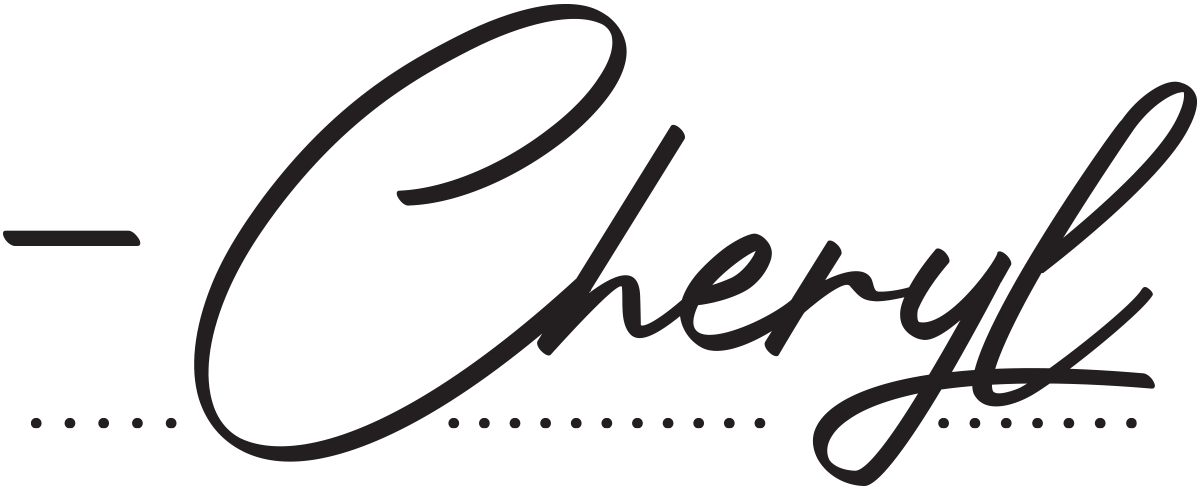

Can my high schooler earn credit for learning life skills?
No doubt life circumstances, or personal interests, have ushered in learning opportunities for your high schoolers.
- Participate in a group exercise class or online workout videos to build cardiovascular health—Personal Fitness or Nutrition and Wellness
- Train for and run a 5K—Personal Fitness
- Learn first aid for common athletic injuries: sprains, strains, bruises, and breaks—Personal Fitness or First Aid or Prevention and Care of Athletic Injuries
- Complete a Red Cross first aid course or CPR certification—Personal Fitness or Nutrition and Wellness or Prevention and Care of Athletic Injuries
- Become a lifeguard or get scuba certified—Personal Fitness or Water Sports
- Enroll in a culinary class—Nutrition and Wellness
- Safely start and use a gas grill—Food Preparation or Nutrition and Wellness
- Discuss medical insurance policies—Nutrition and Wellness
- Discuss impulse buying—Personal Finance
- Understand a cell phone contract: cost, damage and protection plan, data/text limitations, memory, and features— Personal Finance
- Calculate the cost of tuition and fees, room and board, and travel for one year of post-secondary education at schools of choice—Personal Finance
- File the FAFSA (Free Application for Federal Student Aid)—Personal Finance
- Discuss financial aid packages differentiating between scholarships, grants, loans, and work study—Personal Finance
Personal finance could include:
- budgeting, saving, and spending
- managing bank accounts
- analyzing debt risks
- understanding mortgages, loans, taxes, and interest
- investing and planning for retirement
Nutrition and Wellness
Nutrition and wellness could include guidelines for the general population or be specific to an individual’s needs. Consider:
- planning and preparing healthy meals, adapting for individual’s limitations as needed
- understanding the relationship between nutrition and wellness
- knowing the importance of safe food handling (Food preparation could become a stand-alone elective or be intertwined with nutrition and wellness.)
Home Economics
Should a teen delve deeper into home economics, consider:
- fabric and textile care
- assembling a sewing kit: assorted needles, straight and safety pins, threads, measuring tape, seam ripper, buttons
- sewing basics: threading a needle, sewing a button, hand-sewing stitches
- cooking methods: boiling, steaming, frying, baking, roasting, grilling
- cooking basics: boiling an egg, chopping vegetables, sifting flour, making substitutions
- canning and food preservation
Driver’s Education
This course includes knowledge, skills, and habits of responsible drivers, incorporating:
- economic, personal, and social losses attributed to traffic accidents
- traffic laws relative to circumstances and situations
- attitudes and emotions affecting driving
- pedestrian responsibility and safety
- managing adverse weather conditions and emergency situations
- factors influencing a driver’s ability including alcohol, drugs, distracted driving, road rage, and severe weather
Many states offer public instructional courses, and insurance companies may provide driving journals to record behind-the-wheel hours.
Home and Auto Maintenance
This is an excellent choice for teens preferring hands-on learning or group instruction taught by a knowledgeable person. Content can easily be divided into two individual courses dependent upon learner interest and depth. How-to guides or online tutorials can bolster instruction. Consider including:
- calculating coverage, purchasing supplies, preparing walls, and painting a room
- measuring, calculating, and purchasing new flooring
- demonstrating basic home maintenance: patch a hole in the wall, find a stud, caulk tub or shower, change toilet tank mechanism, clean rain gutters, hang a door
- purchasing, maintaining, and cleaning a vehicle: check fluids, tire pressure, changing a flat tire and oil
- using the owner’s manual
- maintaining first aid and emergency kits for home and auto
Additional resources include:
For our family, when the curriculum needed to be individualized, we found topic-specific books, instructional manuals, online resources, and video tutorials most beneficial—particularly for skills with which we were unfamiliar. Searching for high school course syllabi or course descriptions online also provided direction if we needed content options. Most importantly, my high schoolers contributed ideas based on interest, current knowledge, and depth of study.

